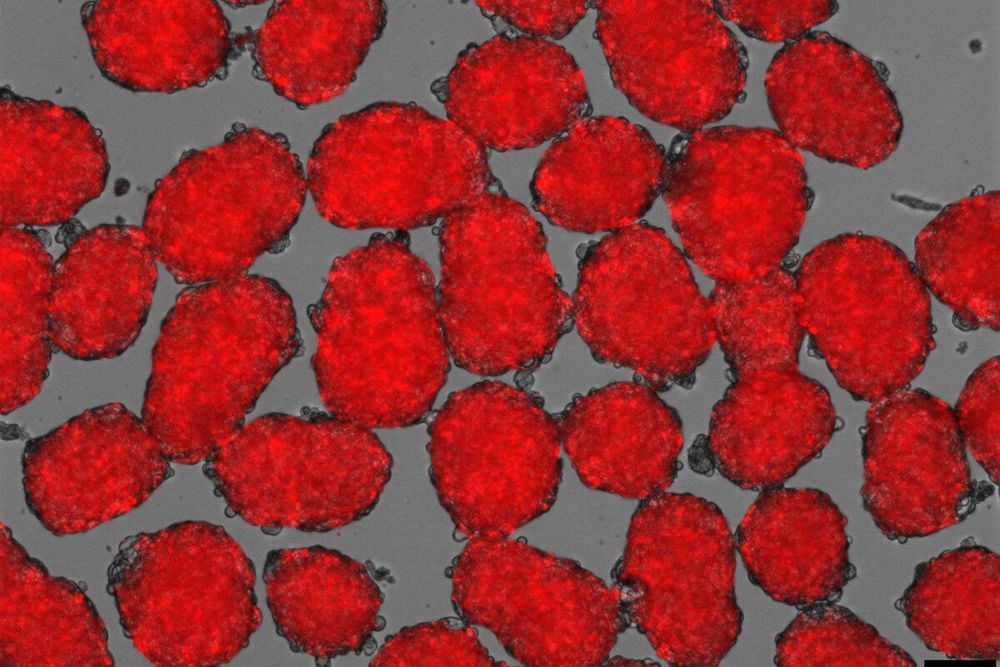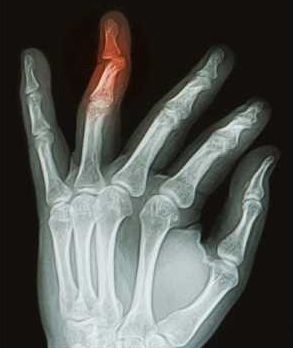TORONTO, ON / ACCESSWIRE / January 10, 2019 / The Wealthy Biotech Trader (or” WBT”), an investment newsletter focused on showing everyday investors new opportunities in rapidly growing, little-known biotech, pharma, medical device stocks making news and subsequent market moves, would like to update investors on several breakthroughs in cancer therapies hitting the market.
Stock investors have soured on biotech companies over the past several months, as demonstrated by the SPDR S&P Biotech ETF (XBI), off 30% since June, and the NYSE Biotechnology Index (NYSE: NBI), which has dropped from 3500 in mid-2018 to just under 3000 at year-end, and a host of their component companies and others in addition. Still, there is innovation and competitive potential brewing in the market at publicly-traded companies that are flying below the radar. One of those is Propanc Biopharma, Inc. (OTCQB: PPCB), an Australian biotech company with strong management and technology that has the potential to help millions of cancer patients worldwide.
Propanc Biopharma, Inc. Company Overview









